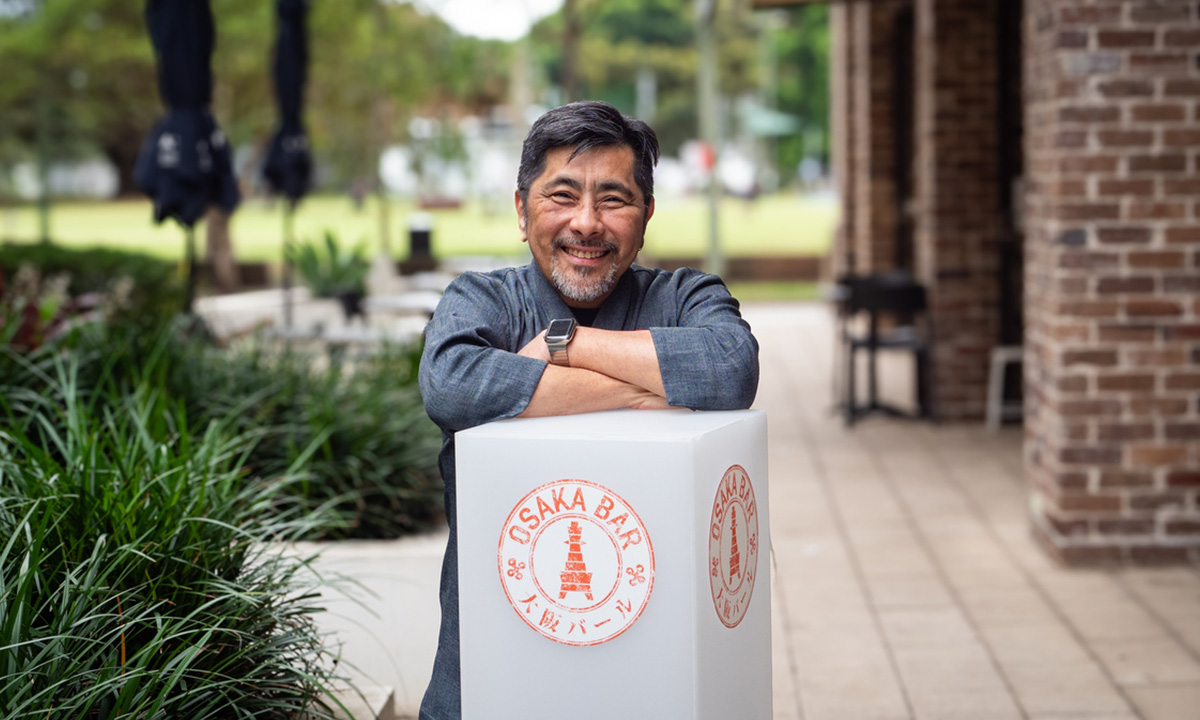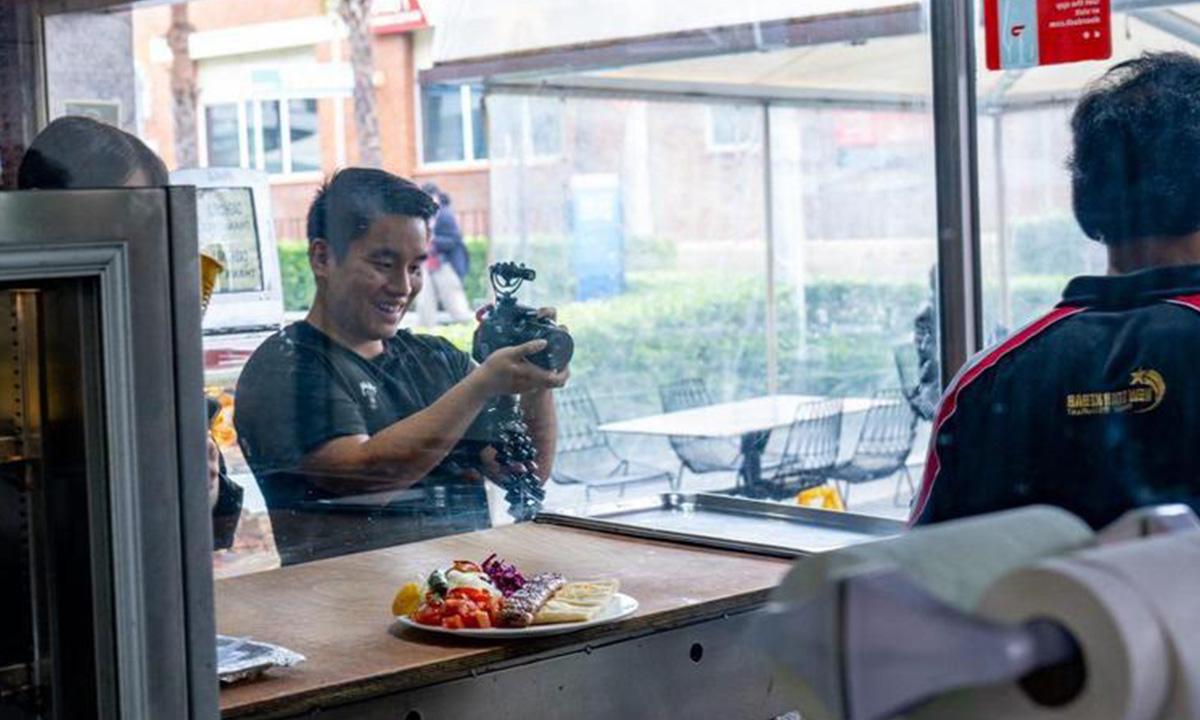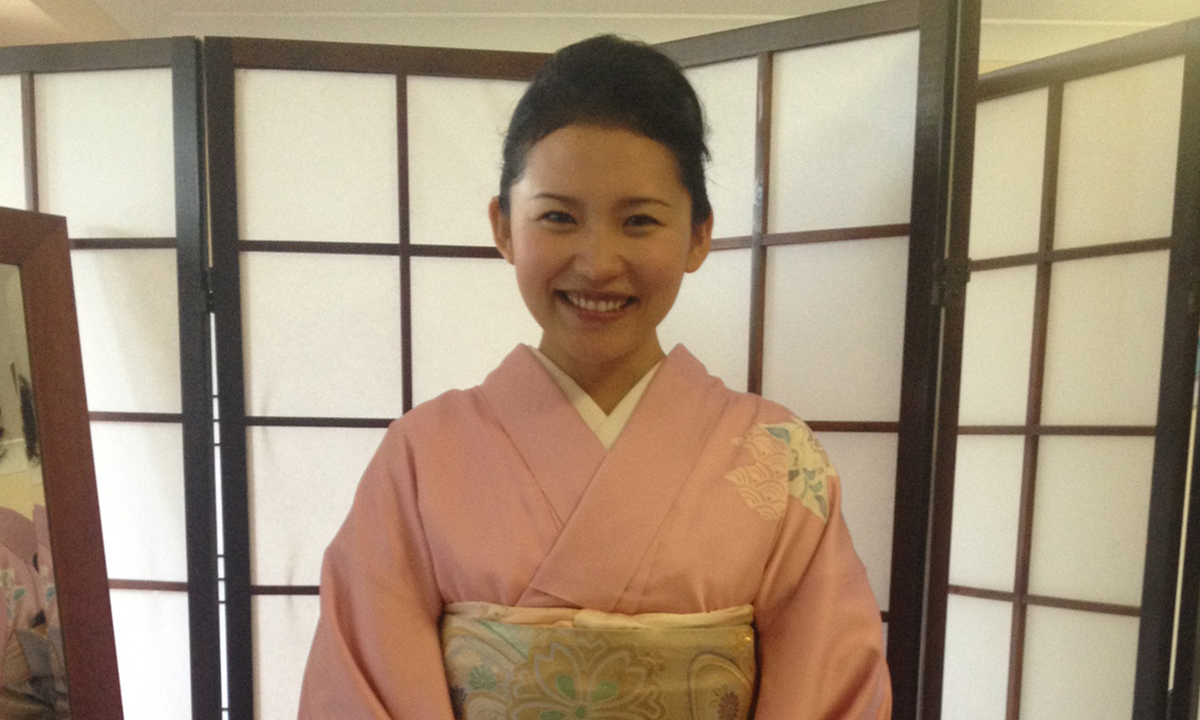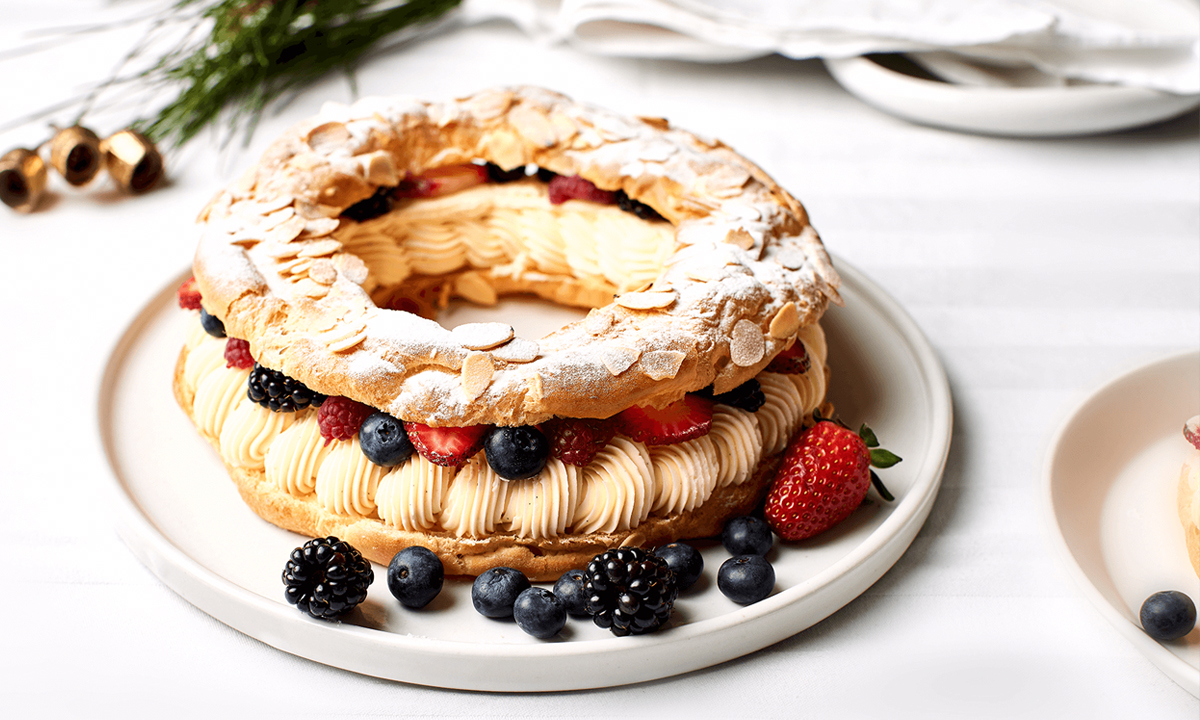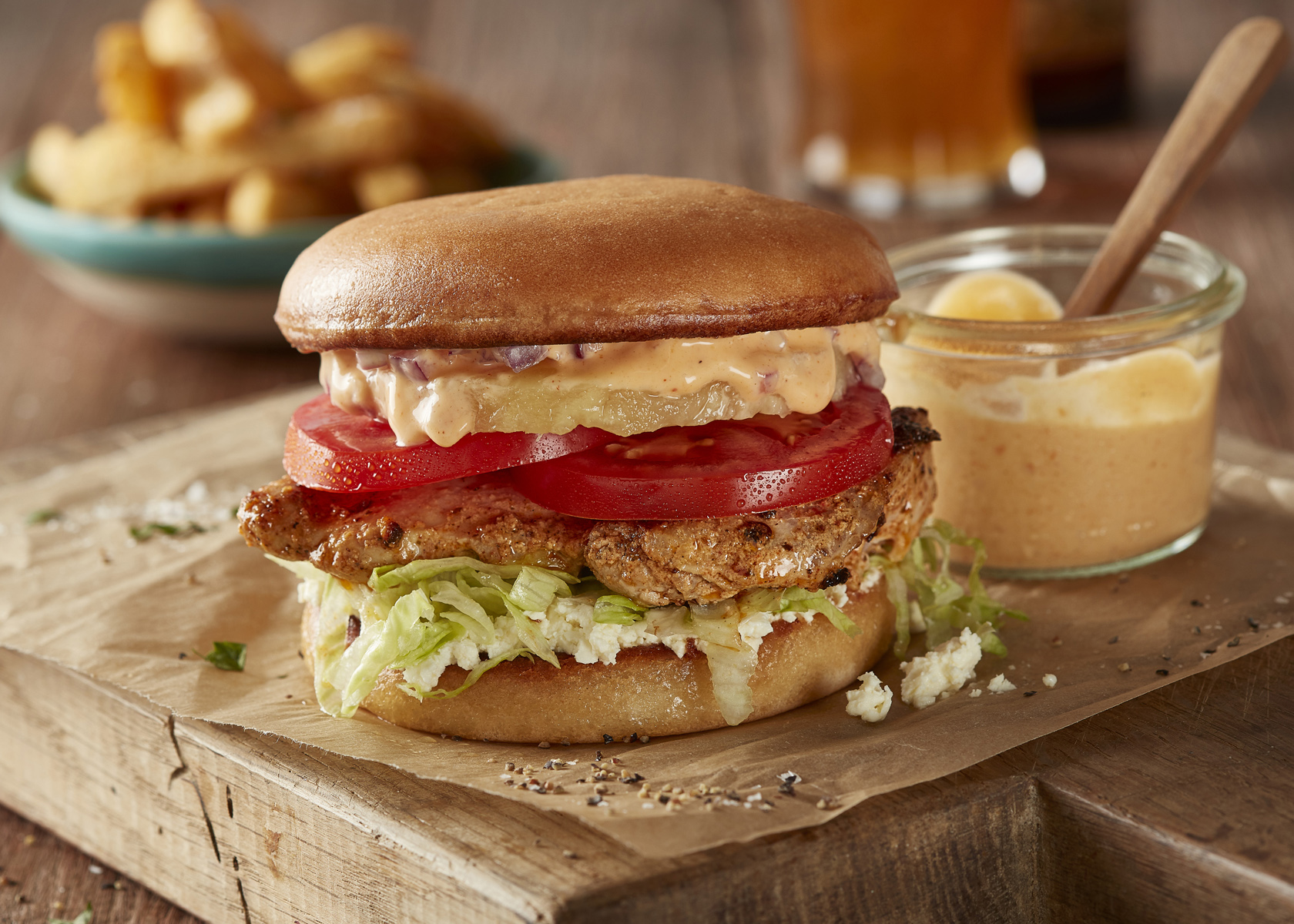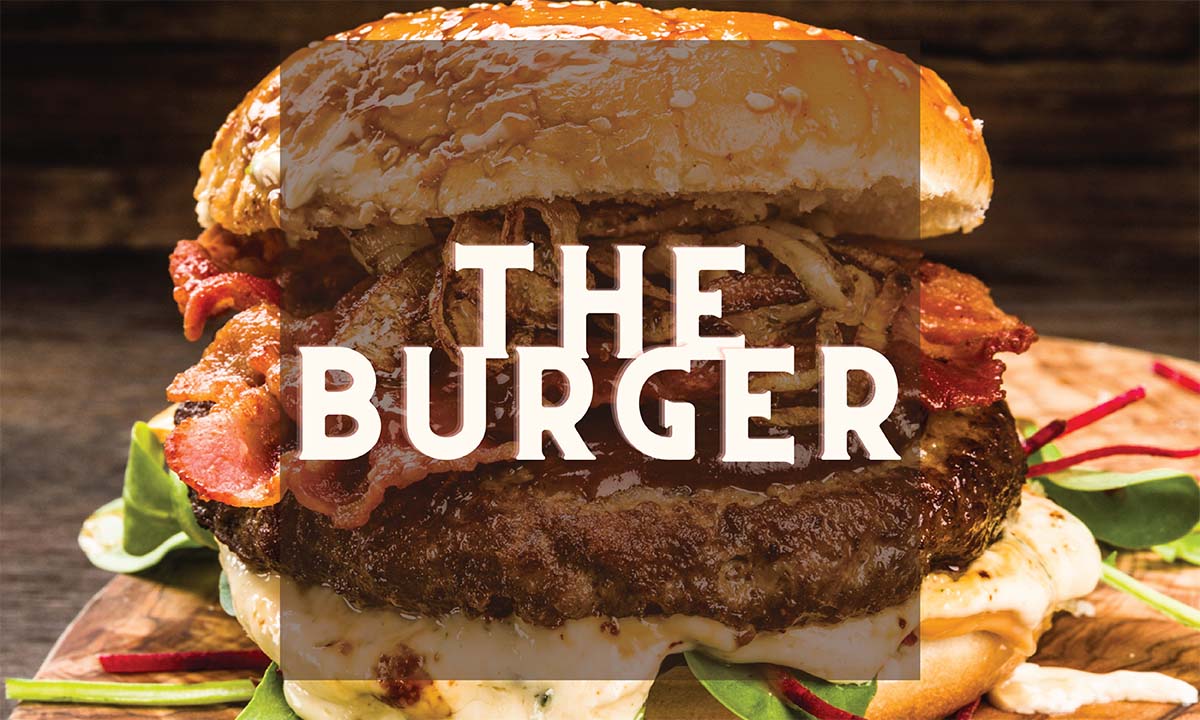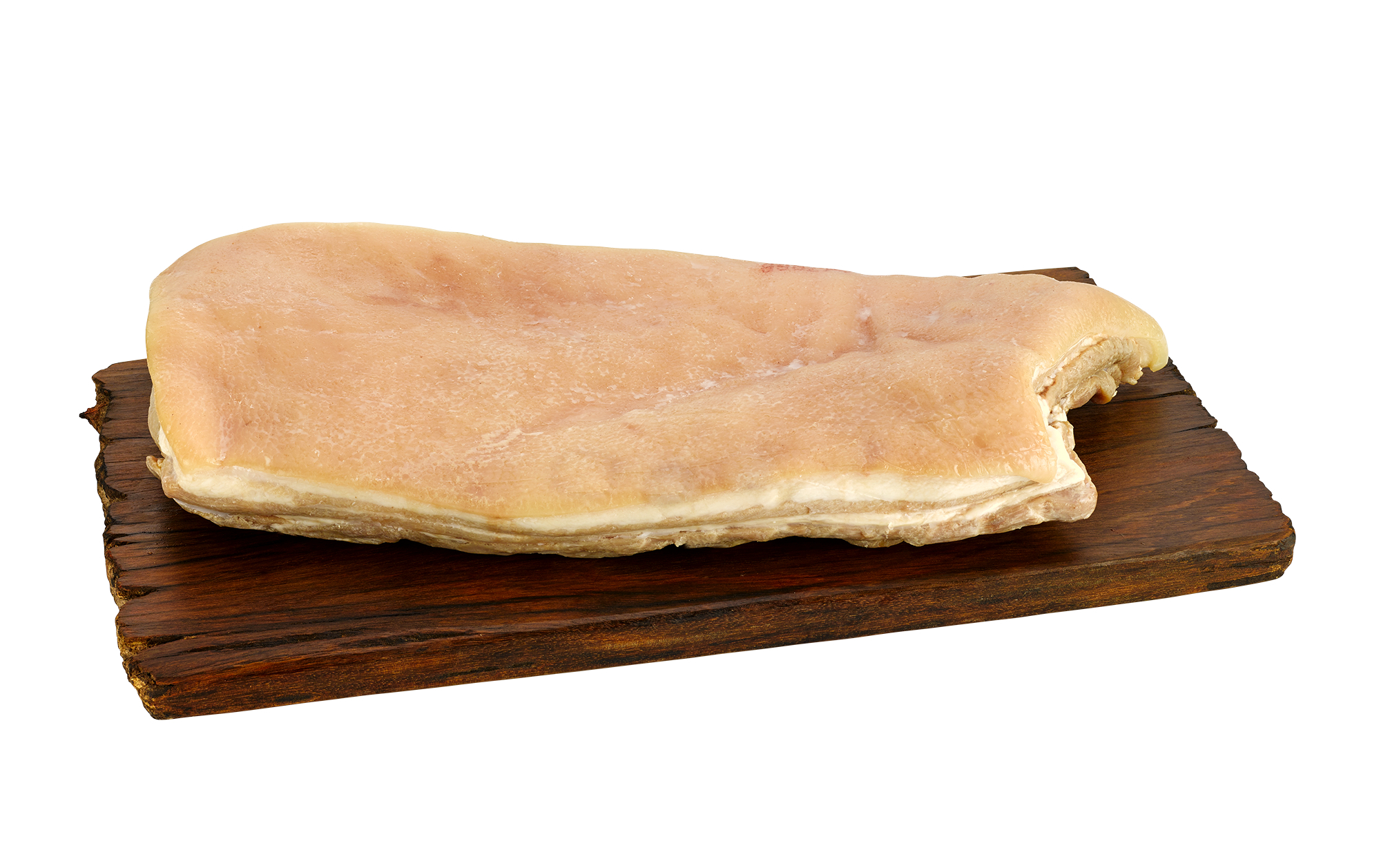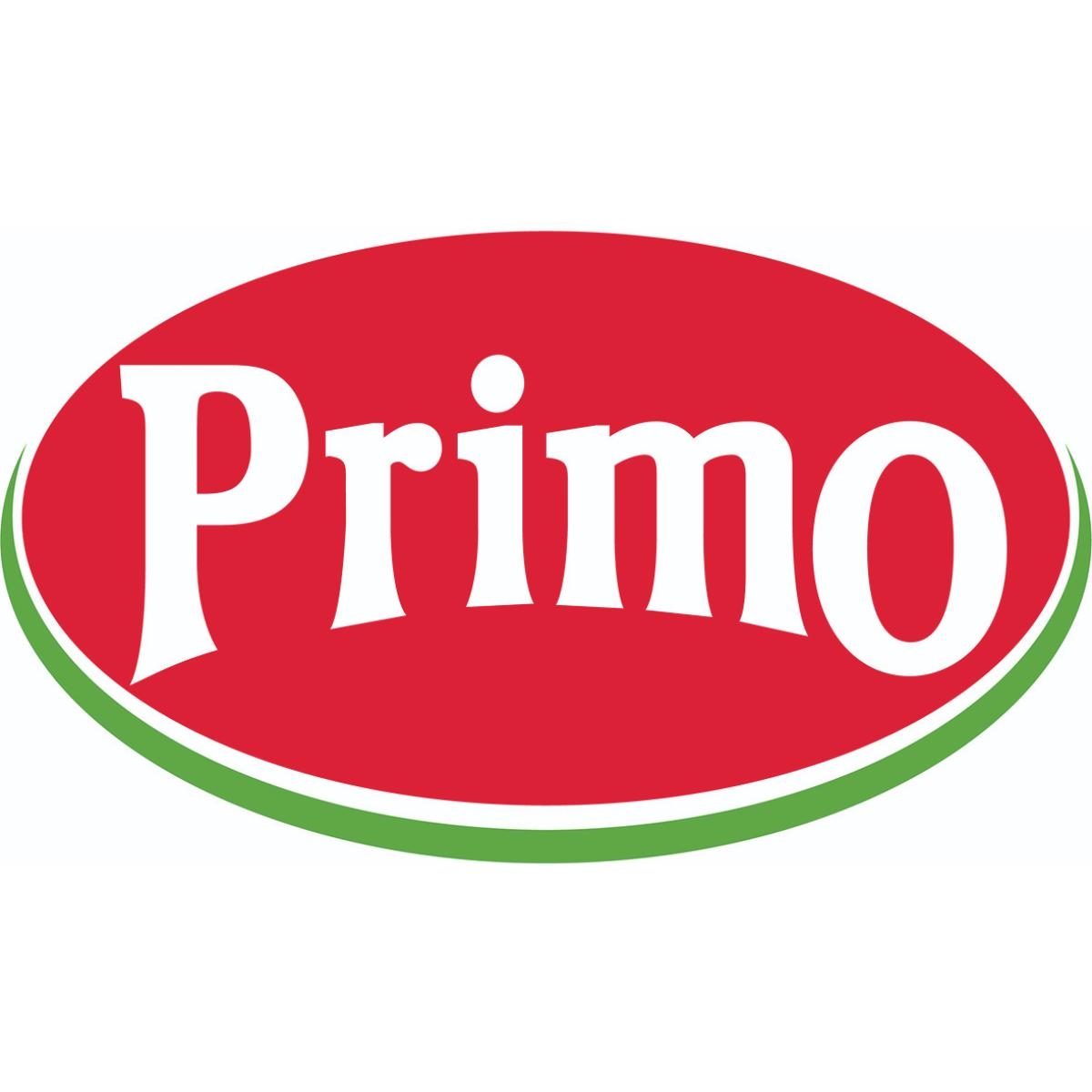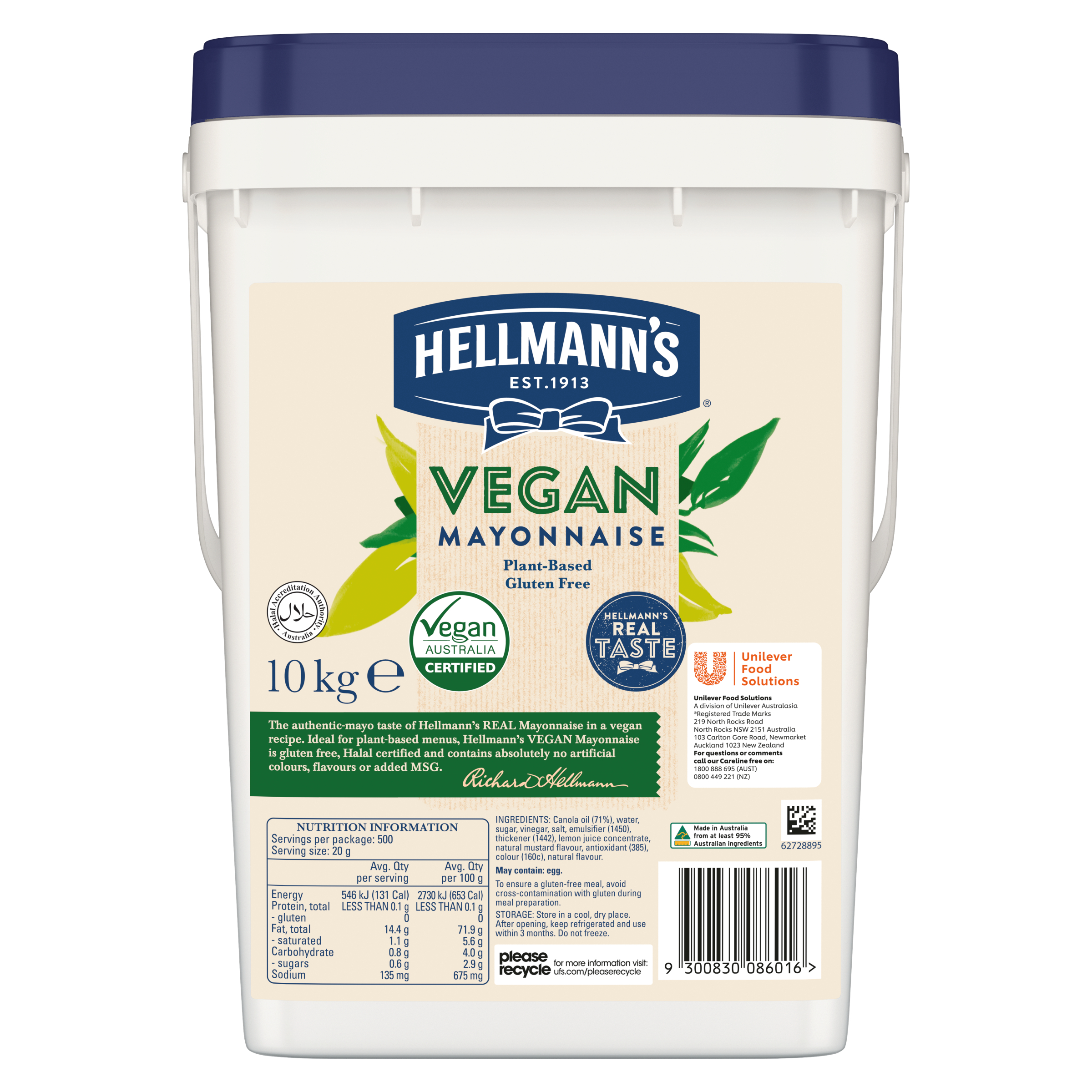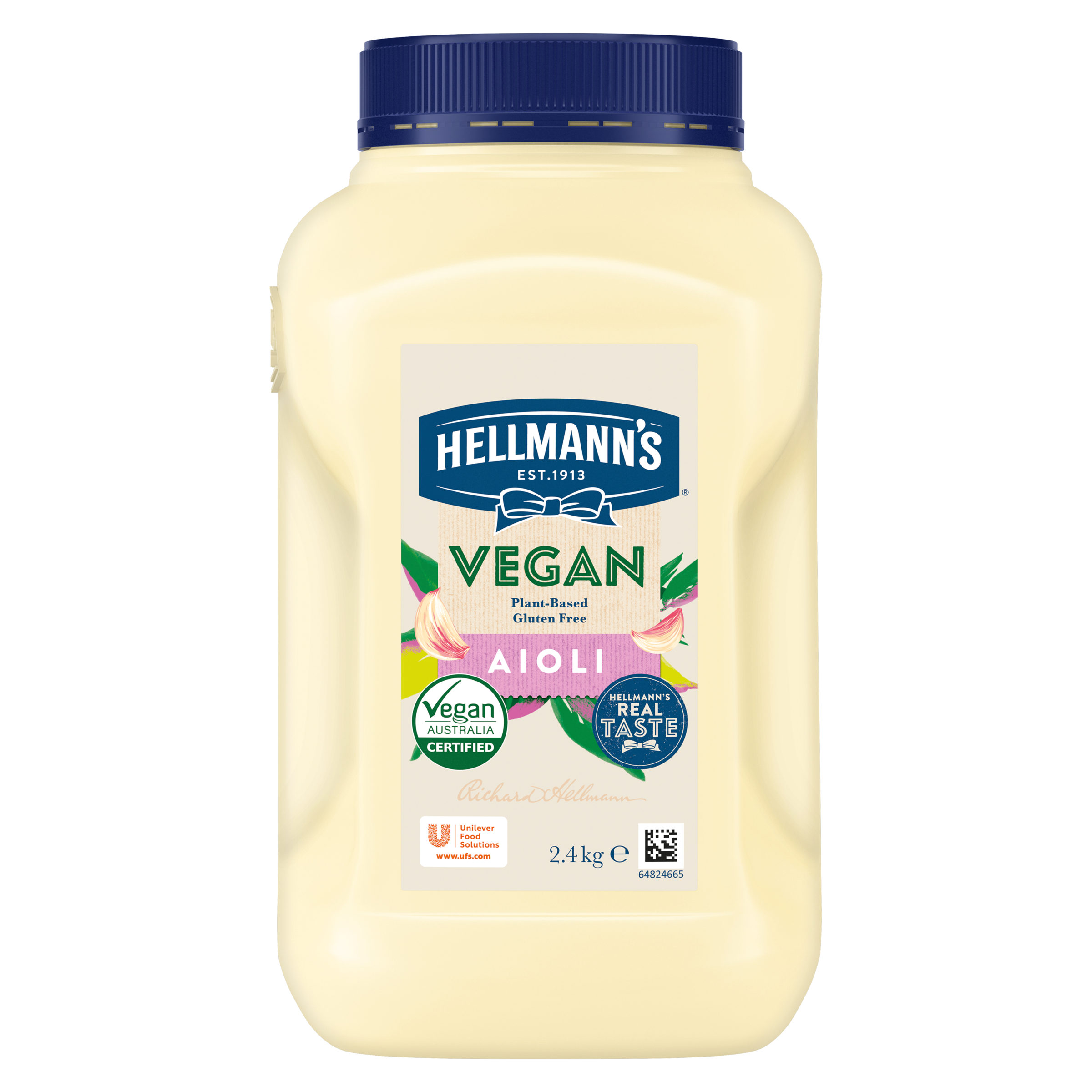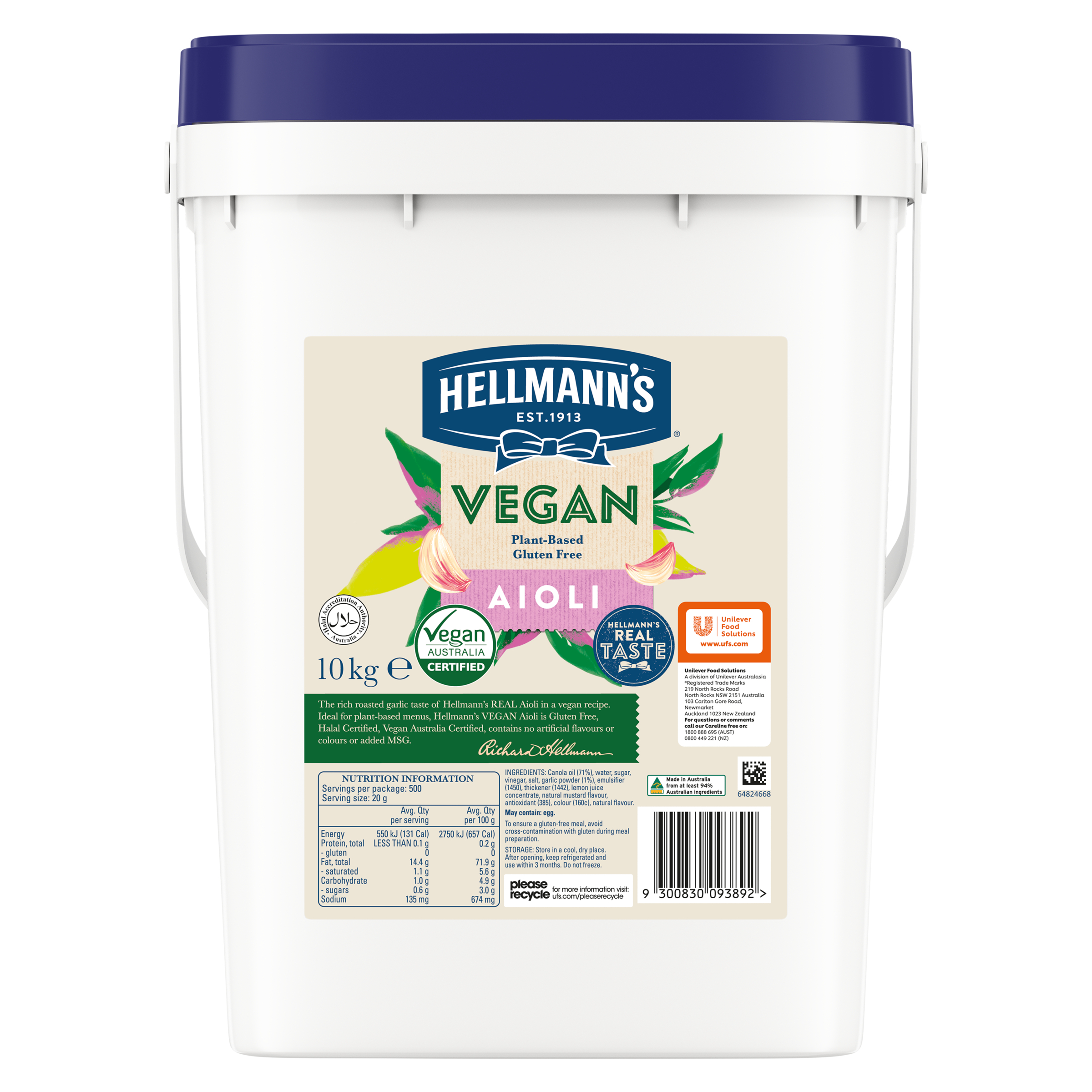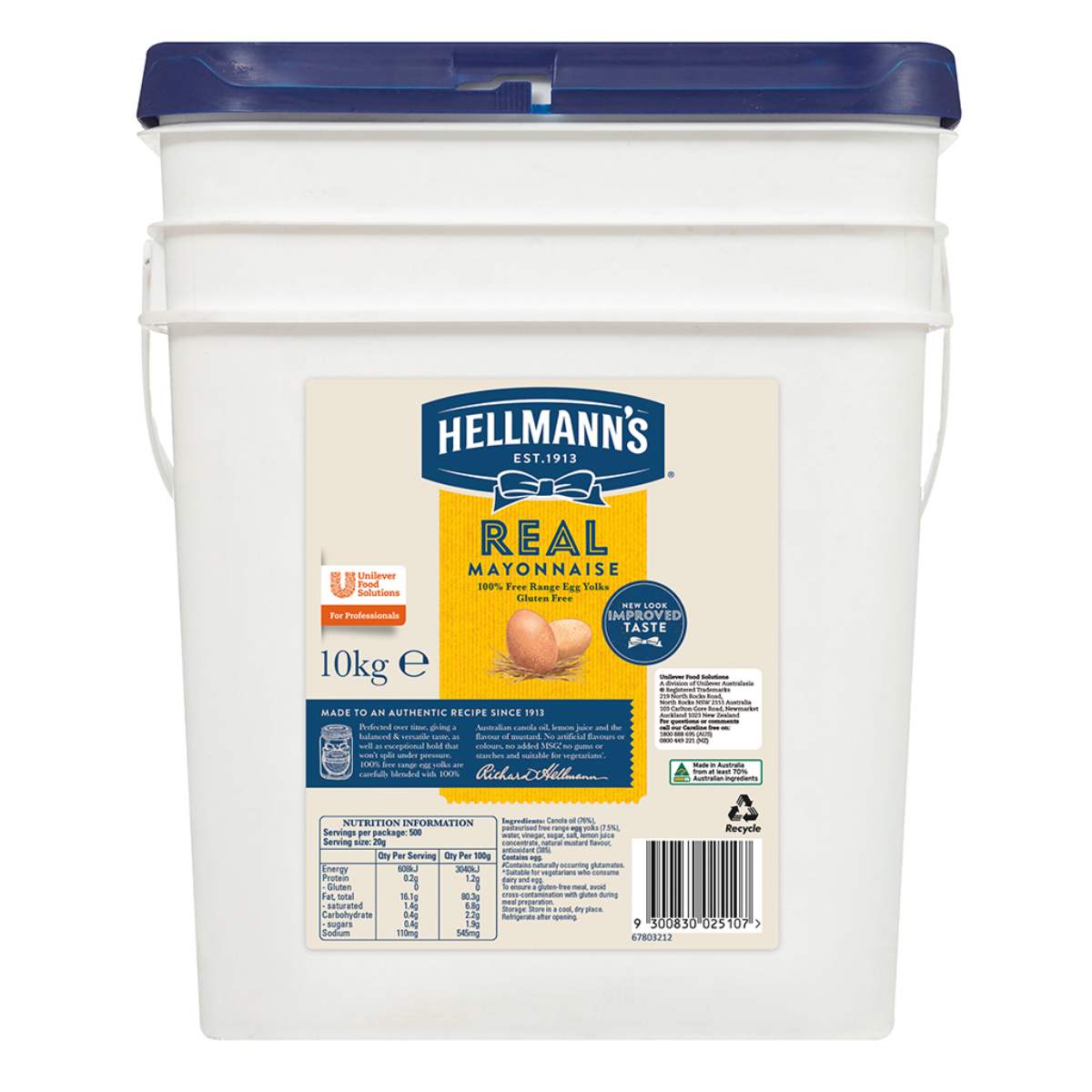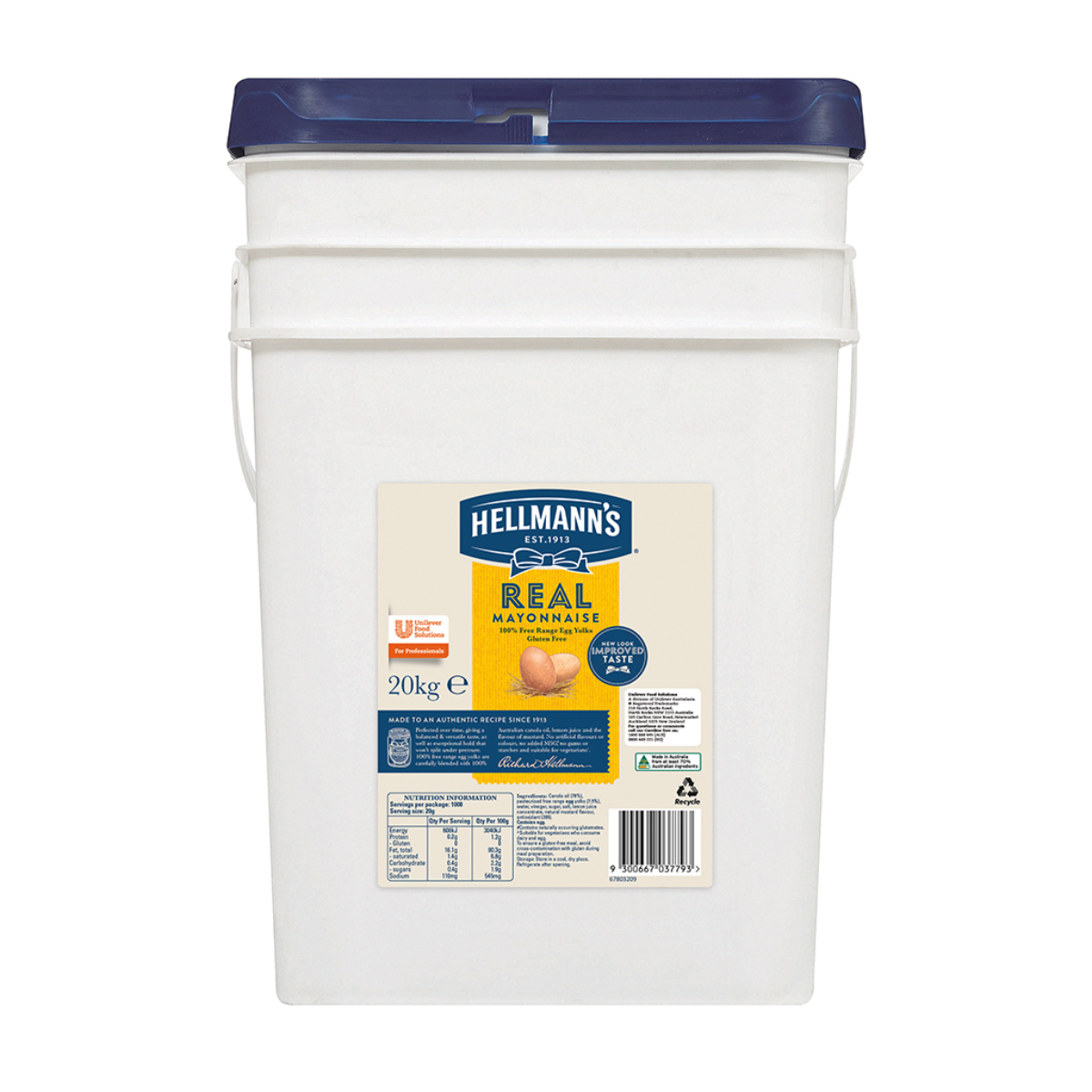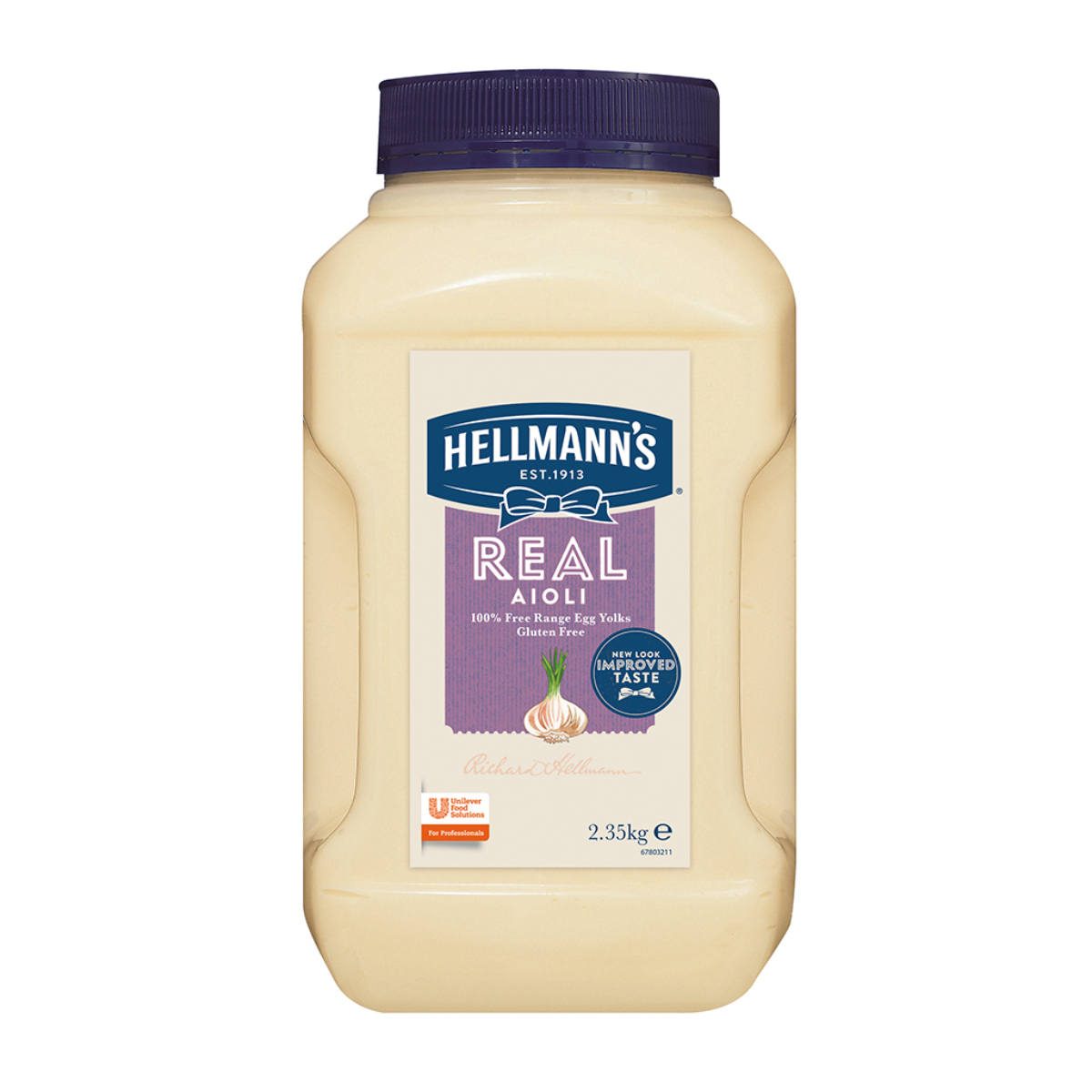In the aftermath of the omakase craze that swept Australian post-COVID dining scenes, a fresh gust of change is rustling through the culinary world – the revival of à la carte dining. This movement signals a shift in diner preferences, prompting chefs to re-evaluate their menus and business owners to adapt to evolving trends.
Omakase vs à la carte
But first, what exactly is omakase? Using the literal translation of ‘leaving it up to the chef’ is a bit of an oversimplification. Kazu Nakatani, chef and owner of Osaka Bar in Glebe, emphasises that it’s actually about the relationship between the chef and the diner.
“In Australia, there’s a gap between the diner and the restaurant,” Nakatani says. “Many restaurants started doing omakase as a trend and they serve a set menu but call it omakase, [but] there’s no relationship, so there’s no trust.”
“In Japan, omakase is for sushi only,” explains Yuri Tazunoki, owner of Washoku Lovers, a booking system and marketing company for Japanese restaurants. When such a nuanced term is borrowed as a catch-all phrase for degustation-type set menus, the magic of omakase dining is diluted further. And without that all-important personal connection between restaurants, chefs and diners, set menus can lose their appeal.
“After a while, having the chef make all the choices stops being novel and can get awkward and difficult for the diner,” adds Nakatani.
Why menu choices are changing
Add soaring prices to the difficulties of eating out, and it’s no wonder that Australians are choosing to take back their agency in the form of à la carte dining. “Many diners make their menu choices the moment they make their booking,” Nakatani says. “Customers will see a dish on social media and decide where to go based on that. They’ll then come in with a picture and point at the post to order. They know exactly what they want before they even step in the door.
This need for control is also fuelled by tightening purse strings. “Sydney eaters [as well as those in most major cities] are really gunning for affordable eats right now. For example, a few years ago banh mi wasn’t even on the radar but now it’s all the rage,” says Kevin La (@sydneyfoodboy), a social media content creator and influencer who has reviewed over a thousand restaurants and has about 200,000 followers on his socials. “Sydney is such an expensive city to live in that eating out is a luxury here, especially when your rent or mortgage is taking up such a large portion of your expenses.”
Tazunoki agrees. “With the interest rate rises, it’s difficult to get a customer to commit to spending $200–300 per person for a meal regularly,” she explains. “It’s no longer the same as when all the buying power stayed domestic because no one was travelling. I think that’s why à la carte dining is making a comeback. People have to really consider how much they’re spending on eating out, and the ability to calculate and choose how much to spend on any given night gives diners the most enjoyment and value from their experience.”
The seemingly less romantic à la carte menu can also prove to be more lucrative for business owners. “Because it requires dedicated service from the chef, omakase can be limiting in terms of the number of diners you can serve, and the number of seatings you can hold on any given night. But with à la carte, it’s easier to have a higher table turnover, which removes the pressure of having to be booked out every night,” says Tazunoki.
The evolution of culinary flexibility
But it doesn’t have to be a zero-sum game. “I think that there will be a lot more hybrid menus,” Tazunoki predicts. “Lana, for example, has a small set menu that doesn’t overwhelm you, and allows you to customise your experience by picking and choosing from an à la carte menu that complements their set menu. It allows you to pick the dishes you went there to eat, but also introduces you to dishes that you might not otherwise have tried.”
In the evolving landscape of post-pandemic dining, the resurgence of à la carte speaks volumes about the changing desires of diners, the adaptability of chefs and the pragmatic approach of business owners. The shift from the highly structured and sometimes confining nature of omakase dining to the more flexible and personalised à la carte experience reflects a broader societal change. As diners seek both control over their choices and affordability, the culinary world adjusts. This transition not only empowers diners to curate their culinary journeys but also offers restaurateurs the opportunity for increased foot traffic and improved revenue streams.
Embracing a more diverse menu structure – one that integrates a balance between fixed menus and customisable options – seems to be the way forward, accommodating both the need for familiarity and the adventurous spirit of culinary exploration in Australia’s dynamic dining scene.

